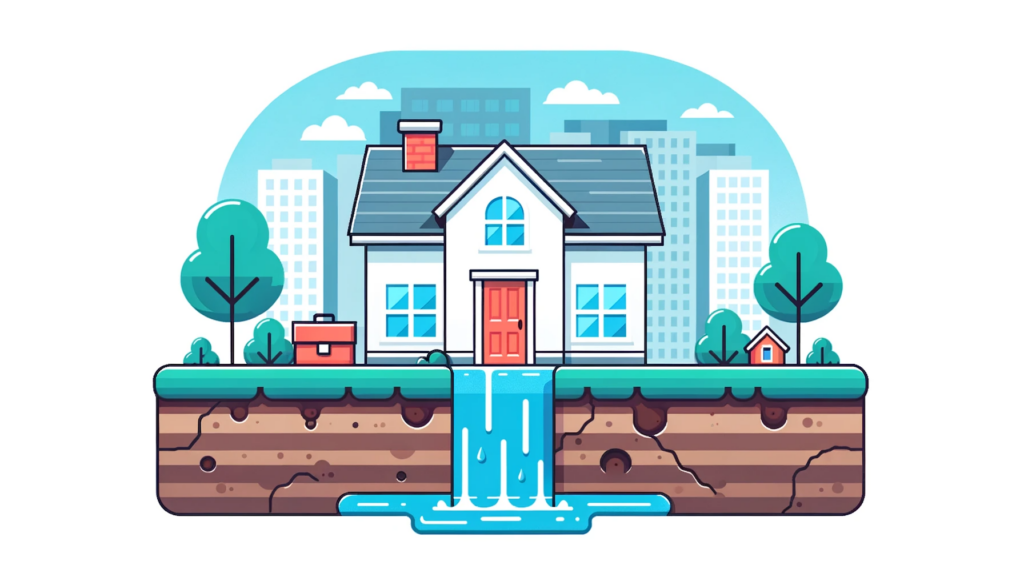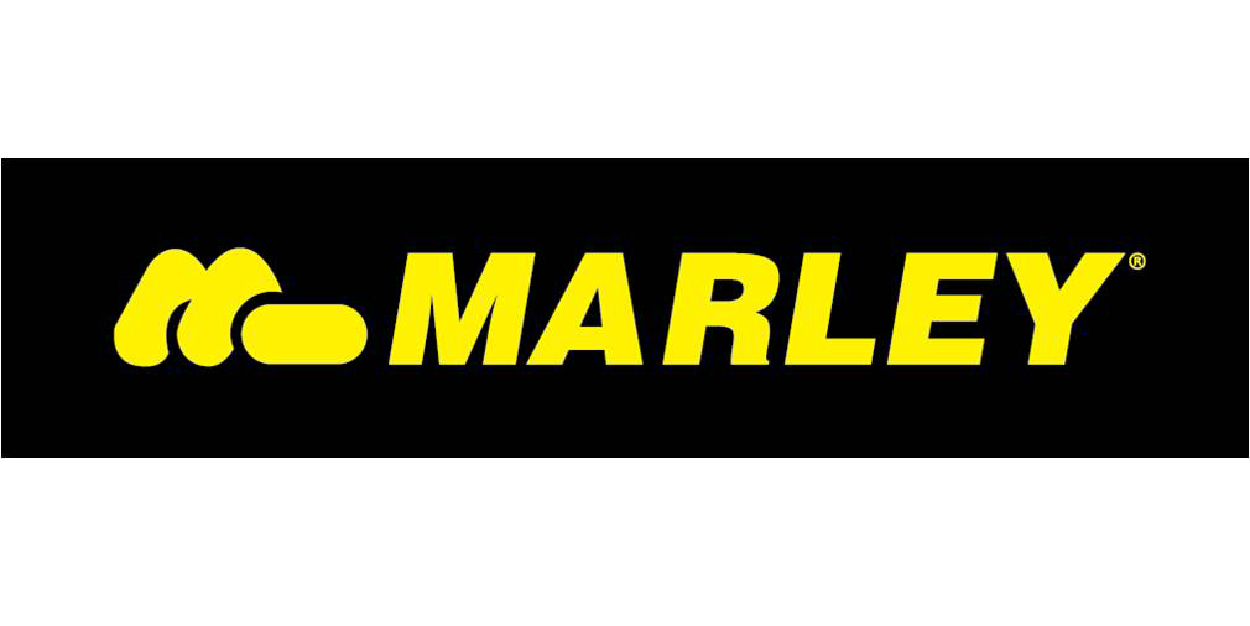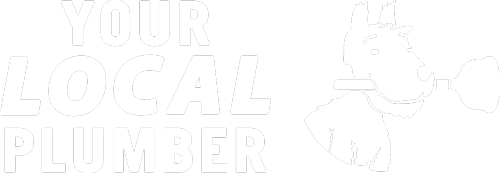
Call Today 09 973 4973 or
Gas Leak Detection in Homes
Gas leak detection in homes is a critical safety measure that protects against the risks of fire, explosion, and carbon monoxide poisoning. Given the odorless and colorless nature of natural gas, it’s vital to have effective detection methods in place to promptly identify and address leaks. Homeowners should be aware of the signs of a gas leak, understand the importance of regular inspections, and know the steps to take if a leak is suspected.
The most common indicator of a gas leak is the smell of rotten eggs or sulfur, which is due to an odorant called mercaptan added to natural gas for safety reasons. However, relying solely on smell can be insufficient, especially in situations where the odor may be masked or if individuals in the home have a diminished sense of smell. Other signs include a hissing or whistling sound near a gas line or appliance, dead or dying vegetation in areas where underground gas lines may leak, and the presence of a white cloud or dust cloud near a gas line.
Regular inspections and maintenance of gas appliances and infrastructure are essential for leak prevention. Homeowners should schedule annual inspections with qualified professionals to check the condition and safety of gas lines, connections, and appliances. These inspections can identify potential issues before they lead to leaks, ensuring the safe operation of the gas system.
In addition to professional inspections, homeowners can use gas detectors as an added layer of protection. These devices, which can be installed near gas appliances and in areas where leaks are likely to occur, provide an early warning by detecting the presence of natural gas or carbon monoxide in the air. Some models are designed to shut off the gas supply automatically upon detecting dangerous levels of gas, offering an immediate response to potential leaks.
If a gas leak is suspected, it’s crucial to act quickly and safely. Homeowners should immediately evacuate the area without turning on lights, using electrical switches, or doing anything that could ignite the gas. Once safely outside, contact the gas utility company or emergency services to report the leak. It’s important not to re-enter the home until it has been inspected by professionals and deemed safe.
Preventing gas leaks is paramount, and understanding the signs of a leak, ensuring regular maintenance, and having gas detectors in place are key steps homeowners can take to protect their homes and families. By staying vigilant and prepared, the risks associated with gas leaks can be significantly minimized, maintaining a safe and secure home environment.
Suppliers




